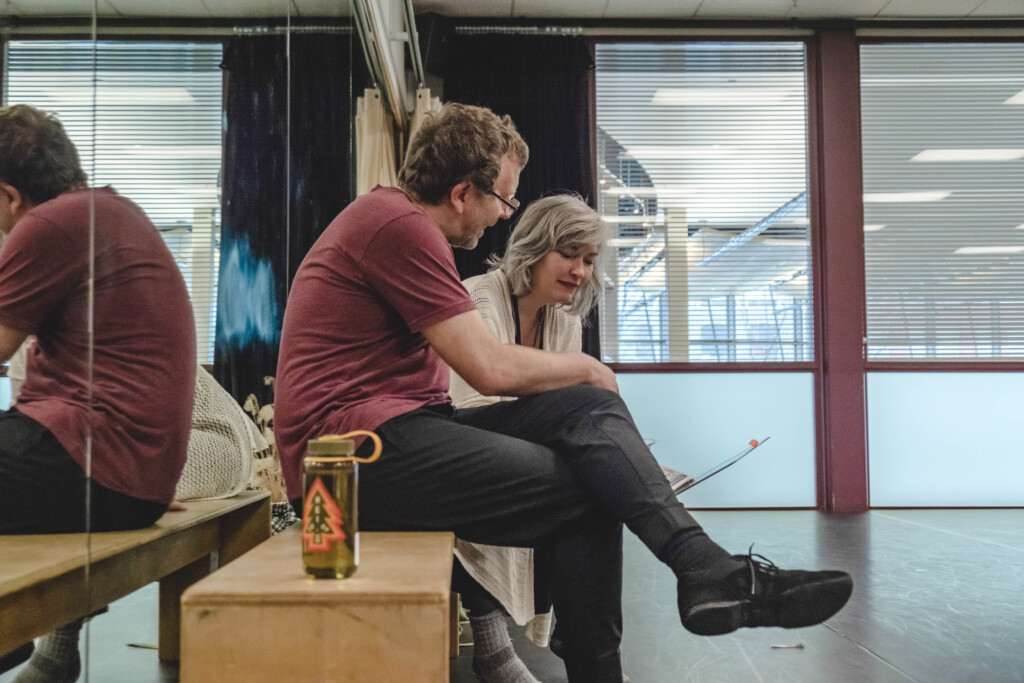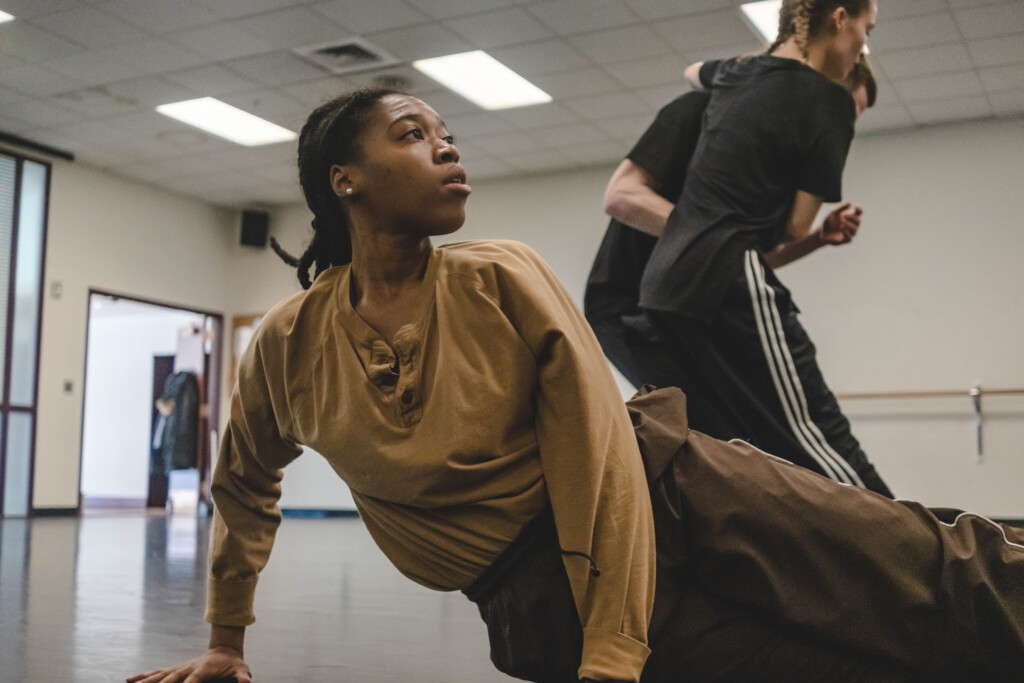Environmental politics often are mired in attitudes that spring from guilt, fear, skepticism, denial and blame. As much as facts, statistics and plain observational data are compelling, there is almost always an aggressive rebuttal to refute, dilute or compromise their significance. As more attention has been focused on saving one of Utah’s greatest natural features, the Great Salt Lake, there also are more creative approaches to focusing on finding the political will and addressing the challenges without risking the feeling of burnout or disappointment.
Beyond the facts, the human emotional connection to water is rooted in history and lore that span virtually the entire timeline of human civilization. That emotional bond appears to take on even greater meaning in a contemporary world where the respite of being oceanside or lakeside becomes the tonic we need to avoid being excessively stressed out in a society where we often feel overstimulated or overwhelmed by our densely connected networks at home, school or work.

The world of arts and letters also has picked up nicely on these cues. For example, the Utah-based Torrey House Press has supplemented the voice of environmental and conservation movements with a catalog of well-received nonfiction and fiction books. These stories personalize and humanize the emotional connections to nature in a way that has inspired more creative conversations about why it is important to fight for what we love about the vast natural wonders of the American West. Likewise this month and next, performing arts groups such as Repertory Dance Theatre and Samba Fogo have productions focusing on the broader issues.
This week, Ririe-Woodbury Dance Company will premiere an hour-long work of dance theater To See Beyond Our Time (April 13-15), which responds to grave concerns about the Great Salt Lake and our community will to rescue it from dying. The work will have four performances in the Black Box Theatre at the Rose Wagner Center for Performing Arts in downtown Salt Lake City.
The work is created by Daniel Charon, the company’s artistic director and Alexandra Harbold, a theatrical director who is on the University of Utah faculty and is cofounder of the Flying Bobcat Theatrical Laboratory. This is the second time the principal creators have collaborated on setting work for the company, the first being The Live Creature and Ethereal Things.

As a starter for developing the dramatic compositional aspects of the work, Charon and Harbold invited members of Indigenous communities, journalists, experts and environmental advocates, including Darren Parry; Dr. Bonnie Baxter, director of the Great Salt Lake Institute; McKenzie Romero from Deseret News; Heather May from the Great Salt Lake Collaborative and Jeanne LeBer from the Great Salt Lake Audubon Society.
Their contributions gave the company’s creative core an immense amount of research and perspectives to absorb, process and reflect upon in forming their own perceptions and reflections. The work incorporates text and poetry spoken by the dancers (Peter Farrow, Megan McCarthy, Alexander Pham, Fausto Rivera, Sasha Rydlizky and Miche’ Smith), who also have been integral in setting the movement phrases and vocabulary for the choreography. While the original intention was to weave in bits of texts from others, Charon and Harbold decided to let the dancers compose their own responses to the issues at hand, as a way of synthesizing the inner structure of To See Beyond Our Time.

“When Darren Parry generously shared his time and wisdom with us, he spoke about the connection of stewardship and storytelling, which feels so resonant with To See Beyond Our Time,” Harbold says. “From our conversations in the studio, the project has transformed the way we think about the Great Salt Lake. We’ve each been building our own connective tissue and relationship with the Lake through the work. That attention and investment feels palpable in the choreography and dancers’ work together. So that’s been the gift of this process and project.”
For Charon, who is in his 10th season as Ririe-Woodbury’s artistic director, he has taken a different approach in To See Beyond Our Time than in other evening-length works he has choreographed. An ardent fan of science fiction, pop culture and narratives that have a cinematic feel, he typically has used live electronic music or has composed his own recorded soundtrack. This time, he is using recordings of acoustic music, notably from the classical music repertoire including works by Bach, Bartók and Sibelius.
Dance’s inherent ephemeral and abstract traits can become challenging when using spoken or recorded text that might disrupt the natural flow and cadence of the movement language in the composition, but Charon and Harbold were sensitive to synthesizing text to movement as effectively as possible to make it feel like everything flows from one element to another. “The creative process for this piece has been very organic,” Charon says, adding that an environmental statement about the lake could be compelling as a dance. “We have thought a lot about the confluence of emotion in the moment,” he explains. The sections became miniature ballets arising from stories about the lake.
Charon adds that he has been persuaded by thinking about the work’s structure in terms of “domino hits,” which Harbold introduced during the creative process. The term comes from David Ball’s 1983 book Backwards and Forwards: A Technical Manual for Reading Plays. While the book has become a standard for many college and university theater programs, it also has attracted Hollywood screenwriters and choreographers who contemplate how to finesse the storytelling elements in dance movement.

If the dominoes of each scene connect, then reading it forwards or backwards will clarify how cohesive the storytelling structure of the piece becomes. Ball suggests that when one reads a script backwards, that exposes the gaps, which then can be corrected to ensure that the action happening in the present moment can then be explained by whatever triggered that moment to happen from the immediate scene prior to it. Charon and Harbold created storyboards for organizing sections of the work. In sorting through the pieces of the puzzle, they discovered, for example, that what was once the opening section ended up becoming the closing section of To See Beyond Our Time.
Charon sees the Great Salt Lake as the major silent collaborator, which opens the creative door to humanizing its presence. We do talk about a body of water in emotional metaphors: in a storm, she becomes angry; on a still clear day, she shimmers in ethereal surrealism; at dusk, as the sun sets over the lake, she gives a vivid, unforgettable image to another day. The work’s holistic theatrical effects are carried by the contributions of Jessica Greenberg in lighting design, former Ririe-Woodbury dancer Melissa Younker who designed the costumes entirely from upcycled fabrics and outfits and Kat Nix who conceived the scenic floral design.
Performances will take place Thursday through Saturday (April 13 and 15) at 7:30 p.m. A Moving Parts Family Series sensory performance will take place Saturday (April 15) at 1 pm. For information about the production, see the Ririe-Woodbury website.
